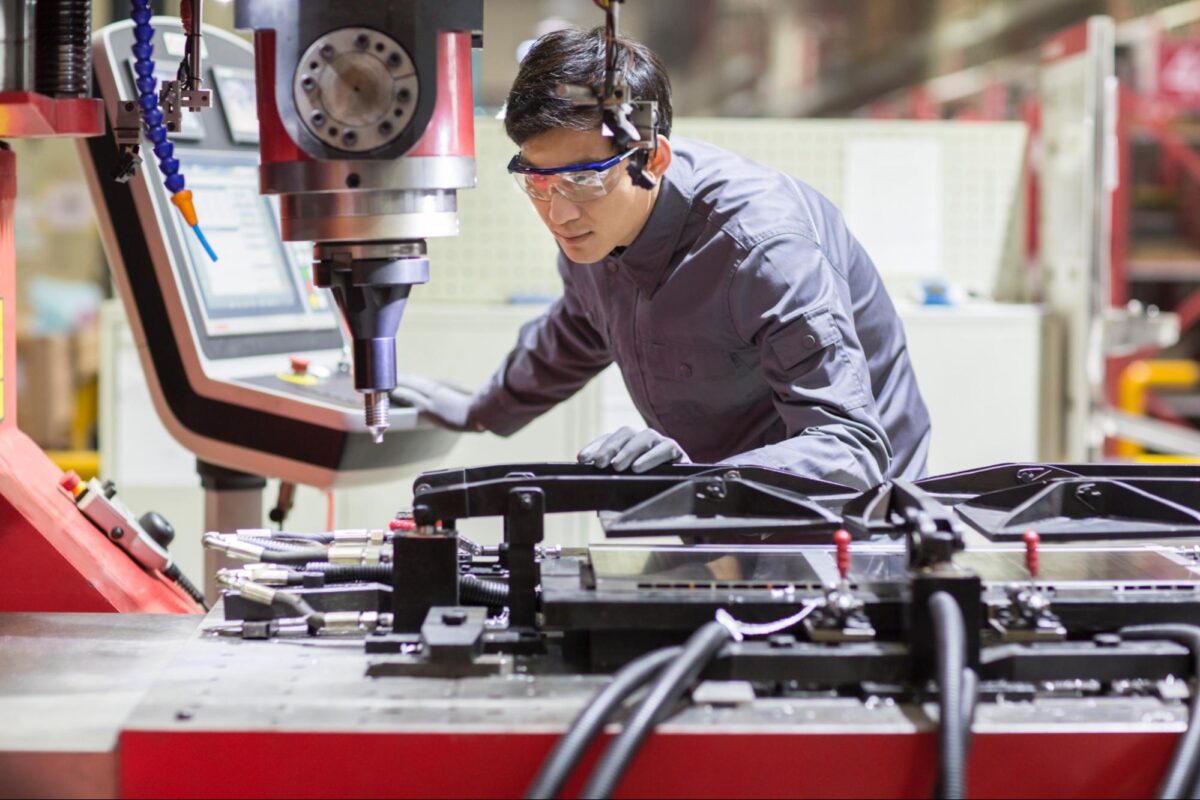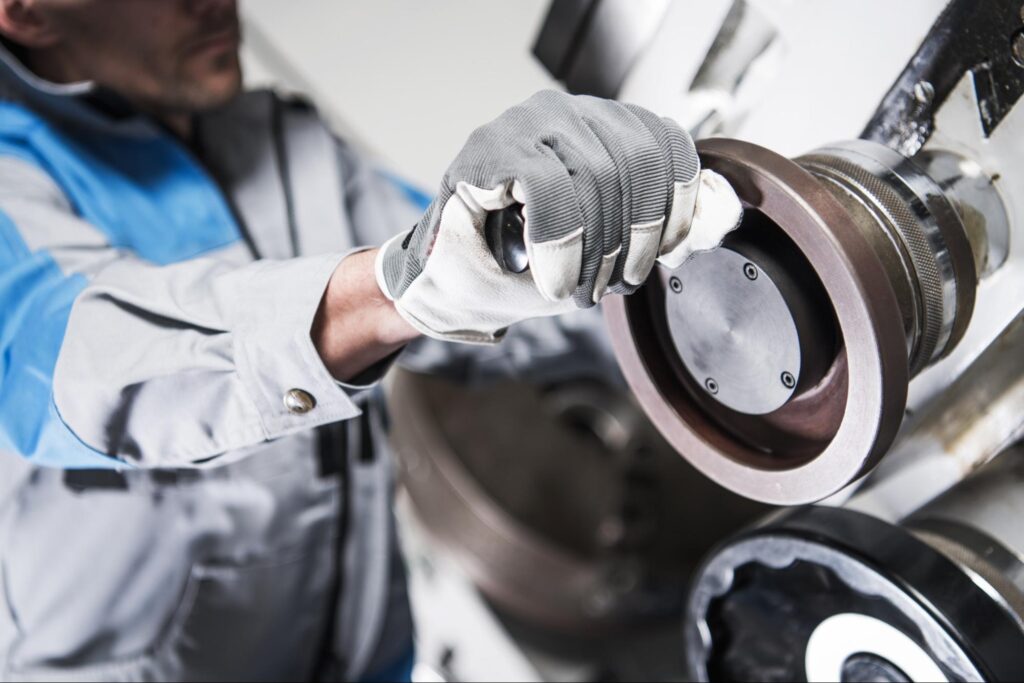For many safety engineers and frontline workers, understanding the concept of turnaround time in manufacturing can be tricky. Turnaround time refers to when a machine completes one process to when it starts the following process. It is a crucial metric in manufacturing as it determines a facility’s overall efficiency and productivity.
In today’s post, we’ll discuss everything you need to know about turnaround time in manufacturing. We’ll cover the definition of turnaround time, why it’s important, how to calculate it, and ways to improve it. Whether you’re new to the manufacturing industry or need a refresher, this post is for you.
What is Turnaround Time and Its Benefits?
Turnaround time, also known as cycle time, refers to the time it takes for a machine to complete one cycle of operation. A turnaround is also a planned and temporary shutdown of a plant or facility with the purpose of maintenance, repairs or upgrades
The cycle time begins from the point at which a machine completes one process to when it starts the next process. The turnaround time is measured in seconds, minutes, or hours, depending on the industry.
Turnaround time is a critical metric in any manufacturing facility since it determines efficiency, productivity, and profitability. A longer turnaround time can result in a bottleneck, slowing the entire manufacturing process. It means that the machine is idle for a more extended period, which results in higher costs and lower output. In contrast, a shorter turnaround time allows for more production output, resulting in higher profits.
How to Calculate Turnaround Time?
To calculate turnaround time, you must measure each machine’s time to complete each cycle. Once you have the time measurements, you can add them up and divide the total by the total number of cycles. For instance, if a machine completes 10 cycles in 100 seconds, the turnaround time is 10 seconds (100/10). Likewise, if a machine completes four cycles in an hour, the turnaround time is 15 minutes (60/4).
4 Ways to Improve Turnaround Time

Improving turnaround time is crucial for any manufacturing plant looking to maximize output and profitability. Here are some ways to improve turnaround time.
1. Automation: Introduce automated machines to minimize human error, improve productivity and reduce downtime during shift changes. FAT FINGER can help you automate and streamline your shutdown process.
2. Preventive Maintenance: Implement preventive maintenance and repair programs to minimize time spent repairing machines and reduce downtime.
3. Standardization: Standardization of work processes and machine settings minimizes variability, minimizes errors, and allows for faster turnaround times.
4. Training: Train workers to identify issues before they become problems to speed up diagnosis and repair times.
Turnaround time is an essential metric in manufacturing as it determines overall efficiency and productivity. Manufacturers can exceed their productivity goals and improve revenue by implementing preventive maintenance programs, introducing automation, standardizing work processes, and training workers effectively.
About FAT FINGER
Ensure front-line teams do their work correctly every time. Drag & drop digital procedures that unlock operational excellence.
In seconds anyone can build and deploy enterprise-grade mobile applications using an easy drag-and-drop no-code builder.
FAT FINGER uses machine learning to coach app users in real-time to make safer and improved decisions.
Try building your digital procedure on FAT FINGER for free @ www.fatfinger.io




